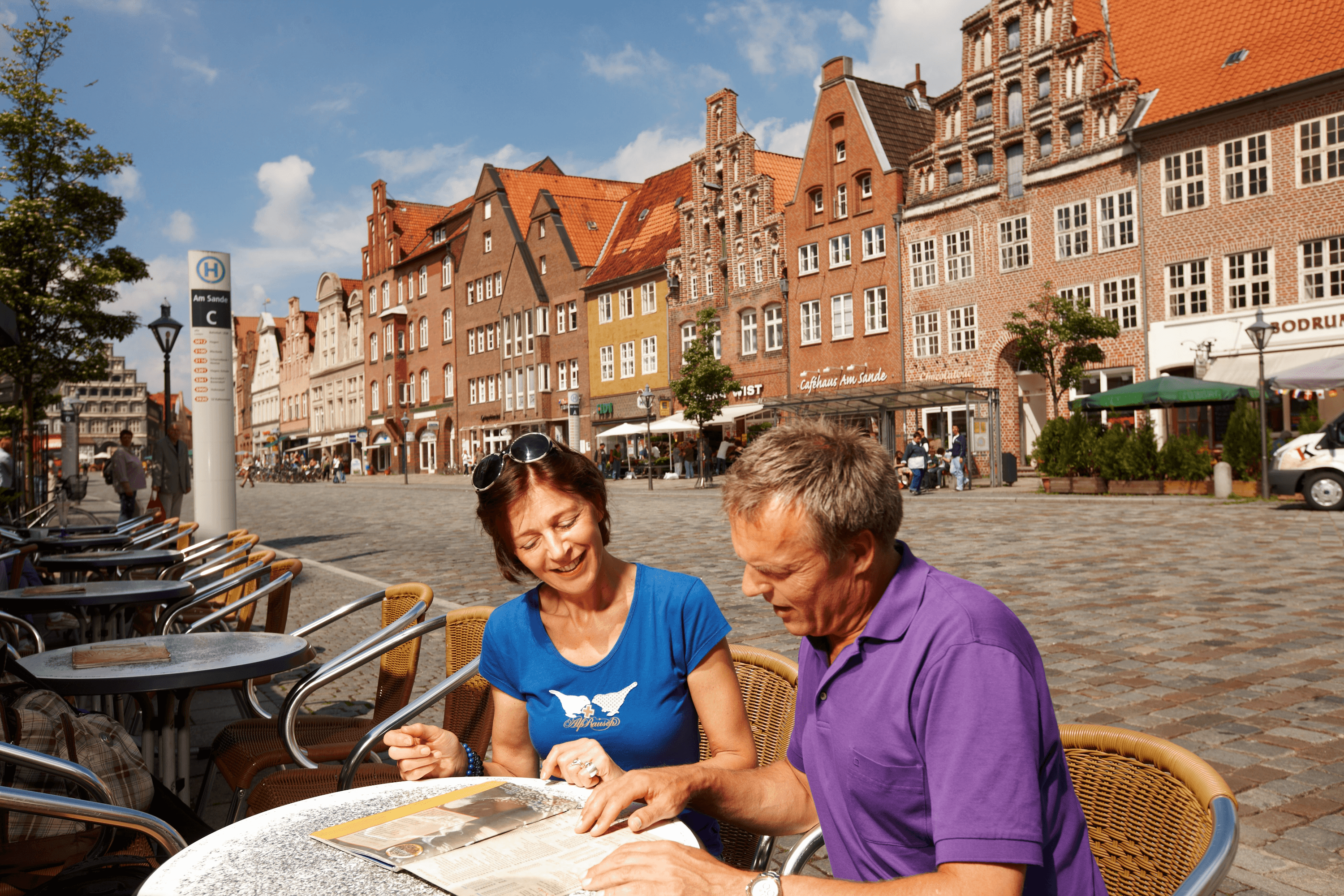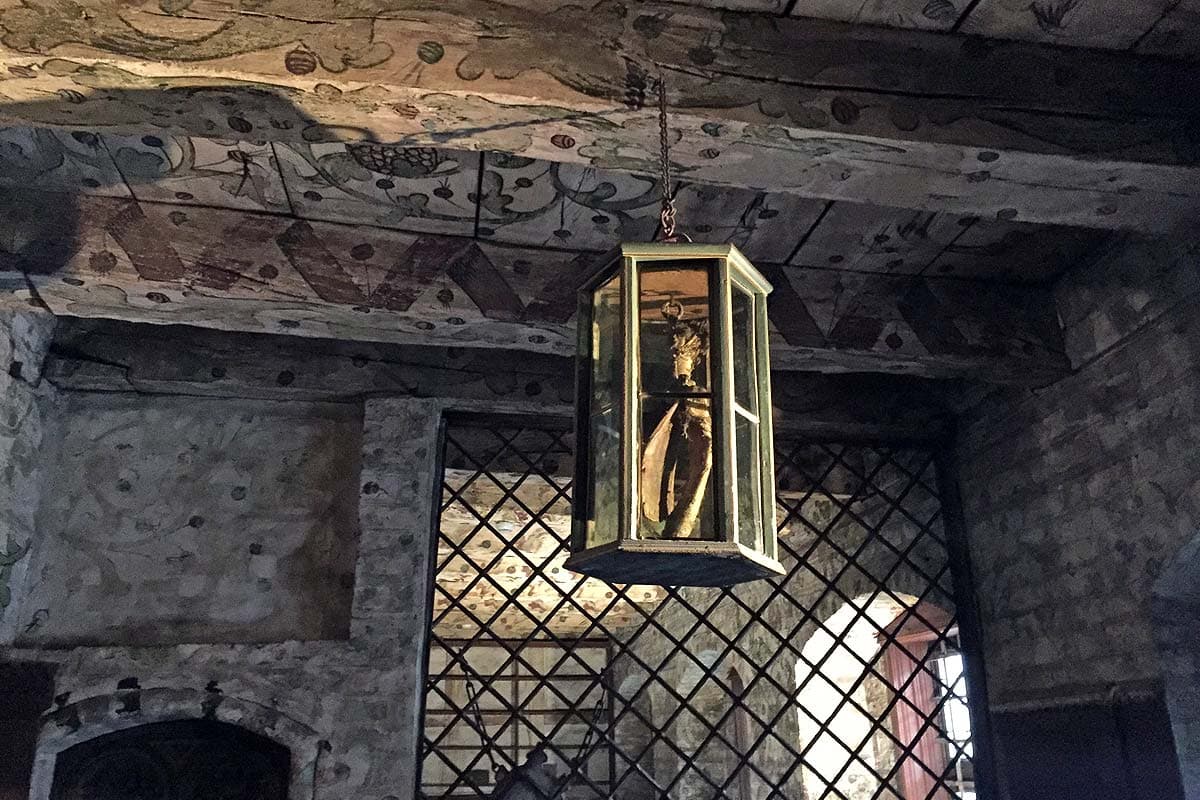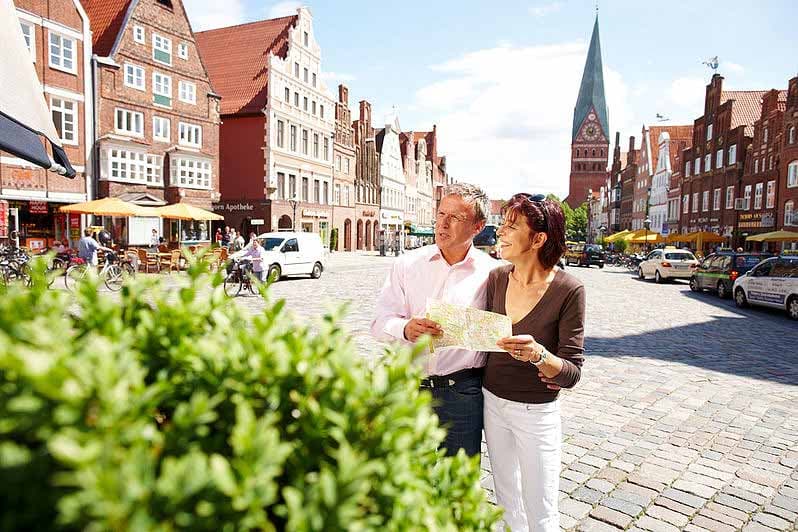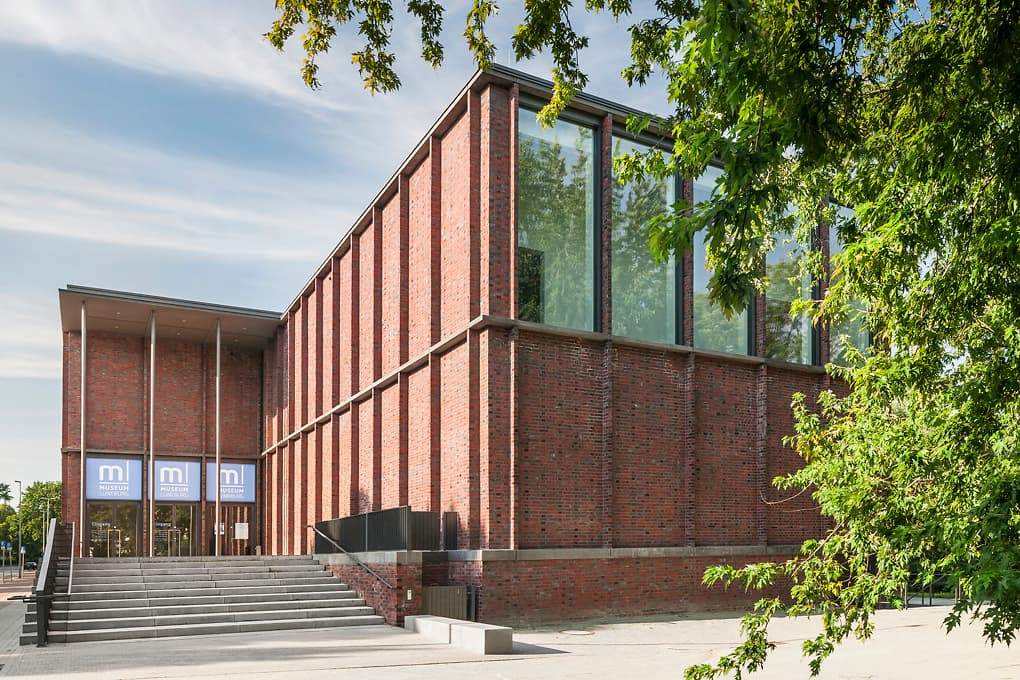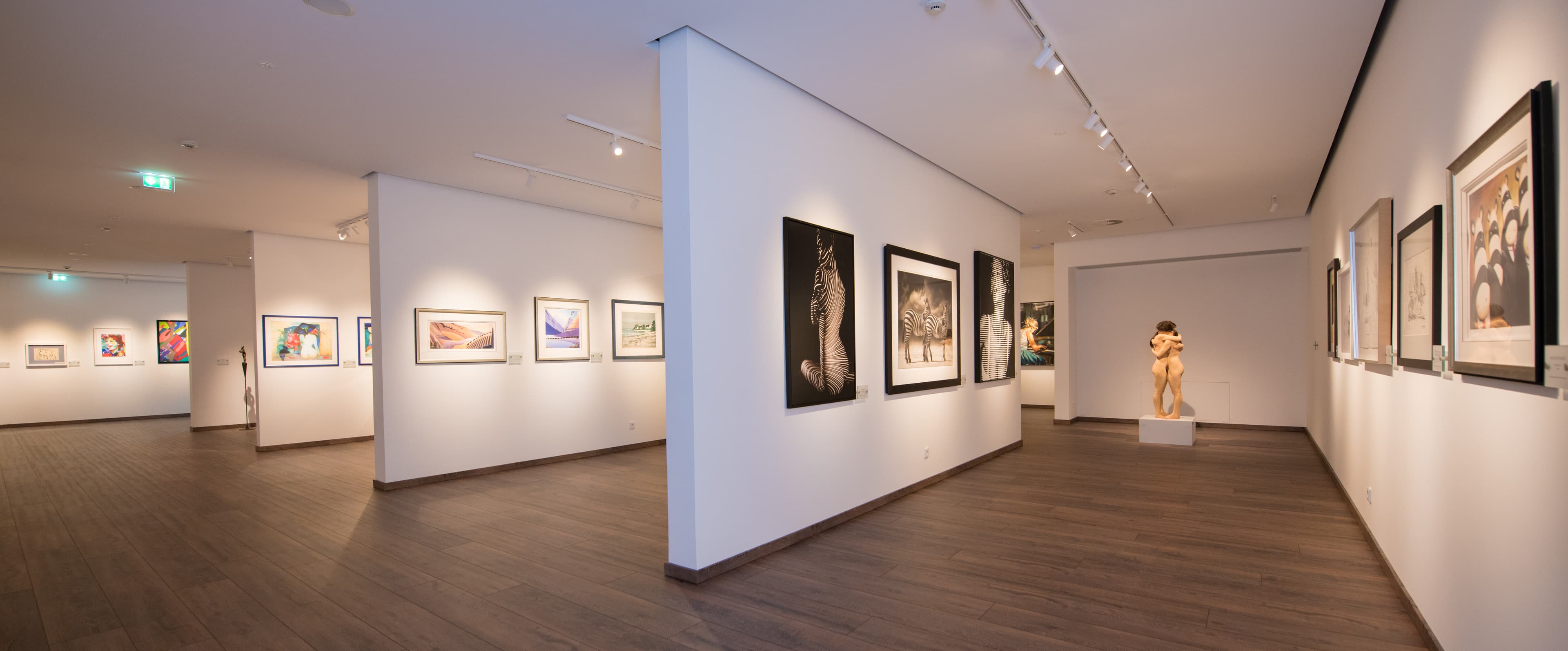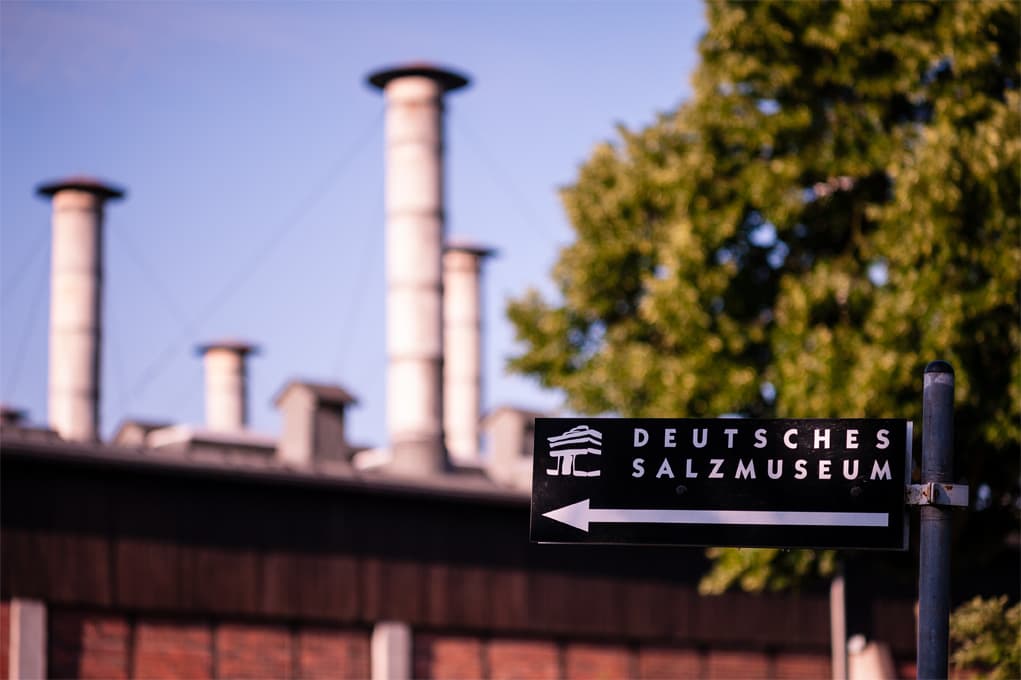
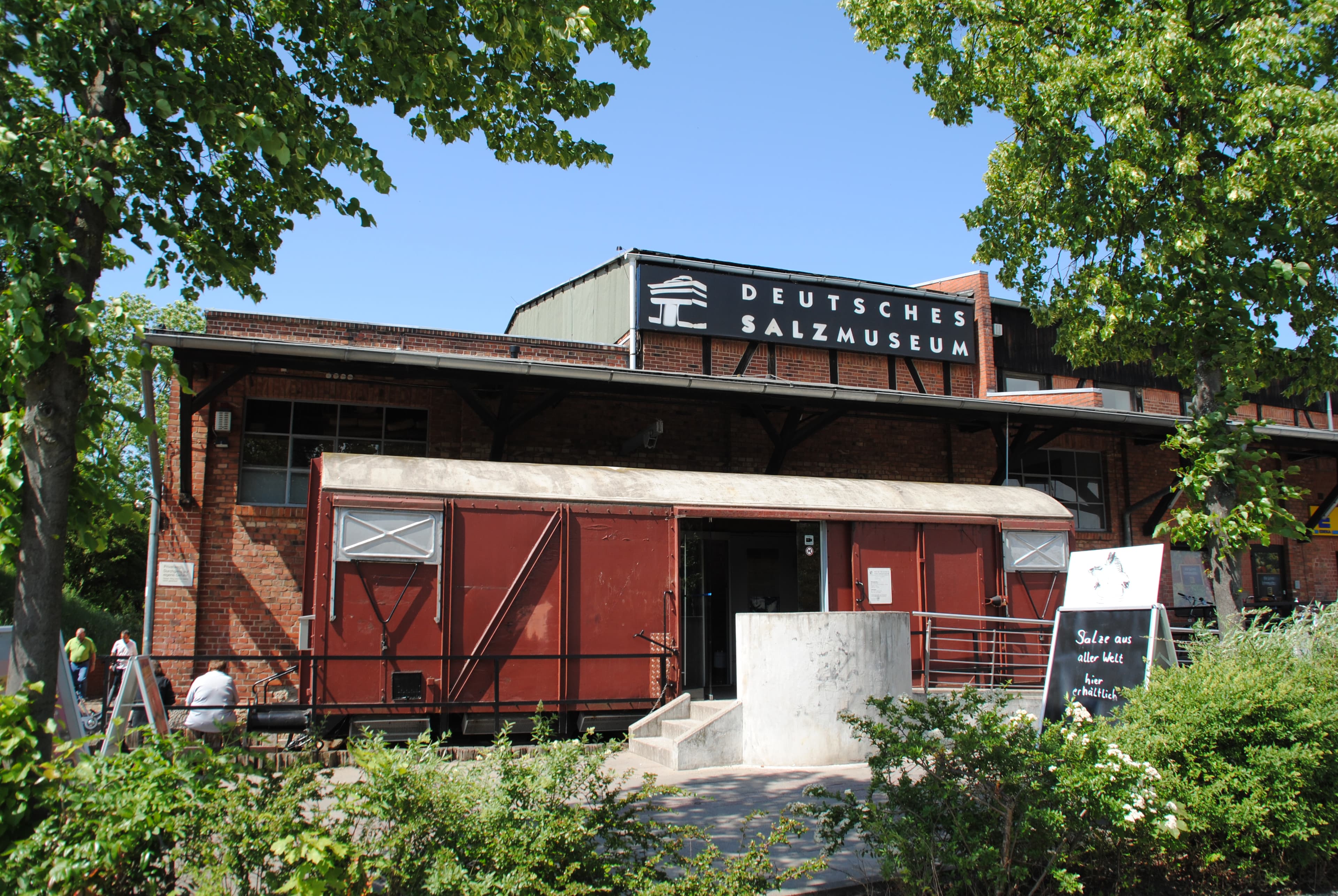
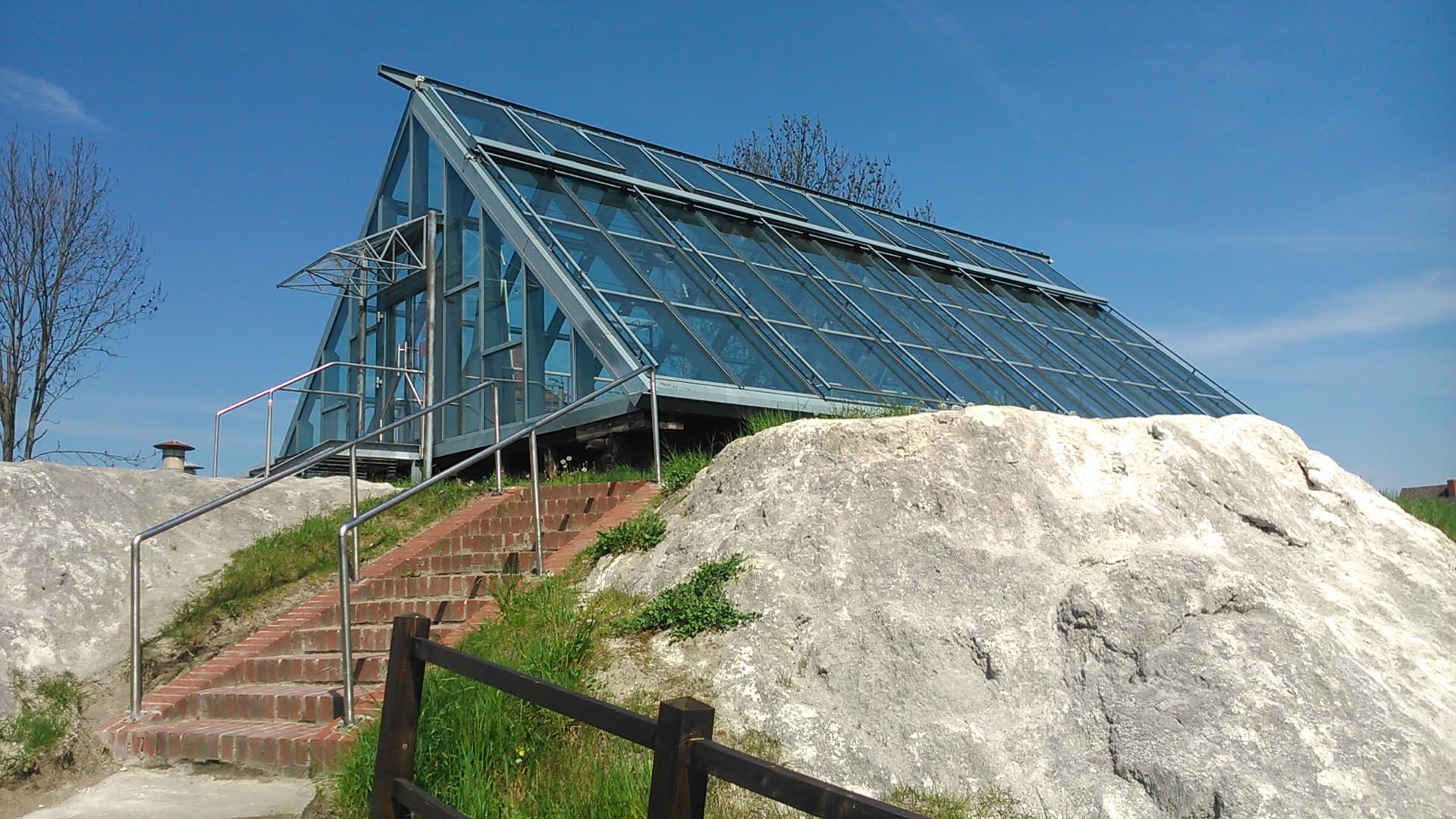
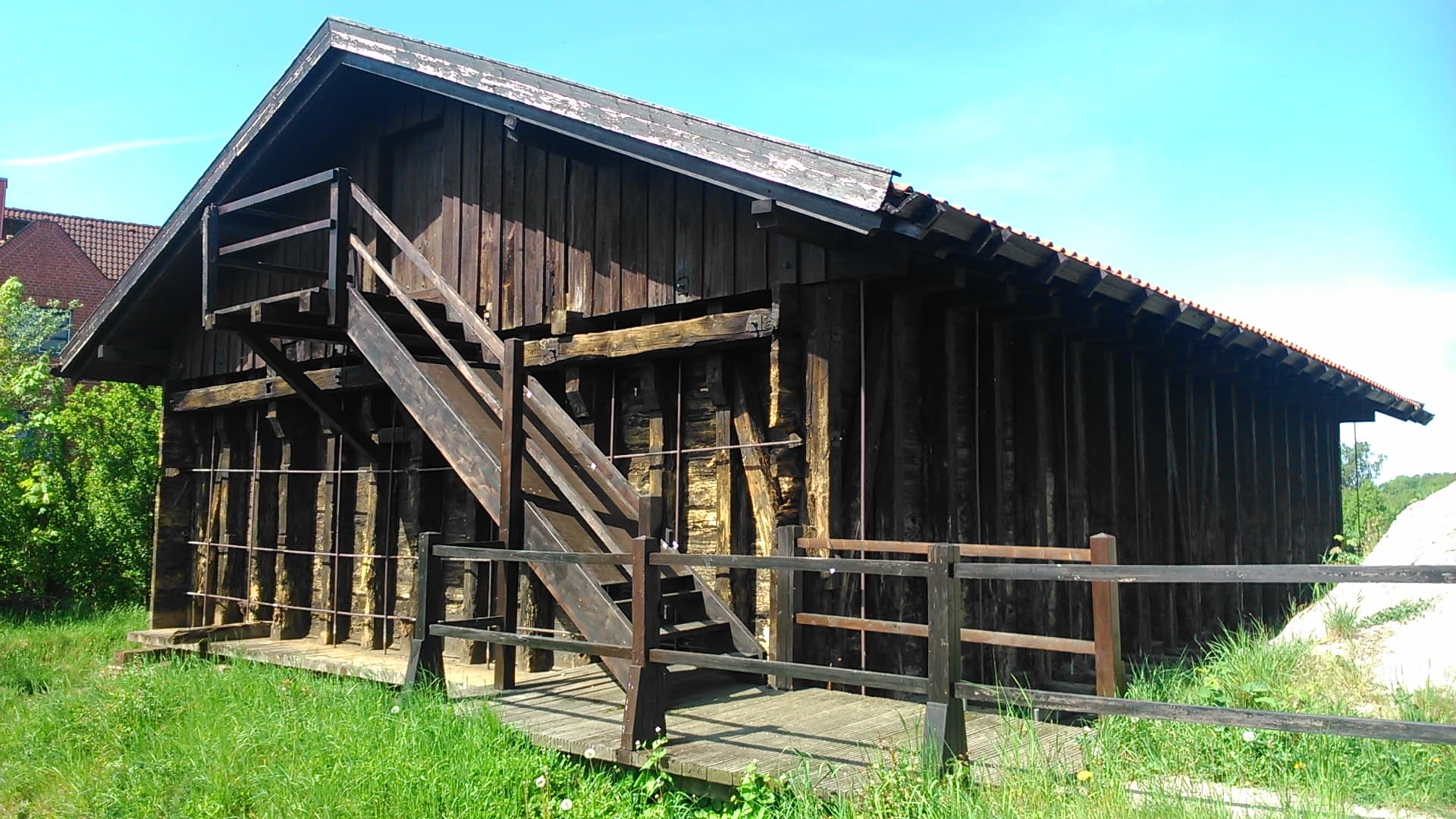
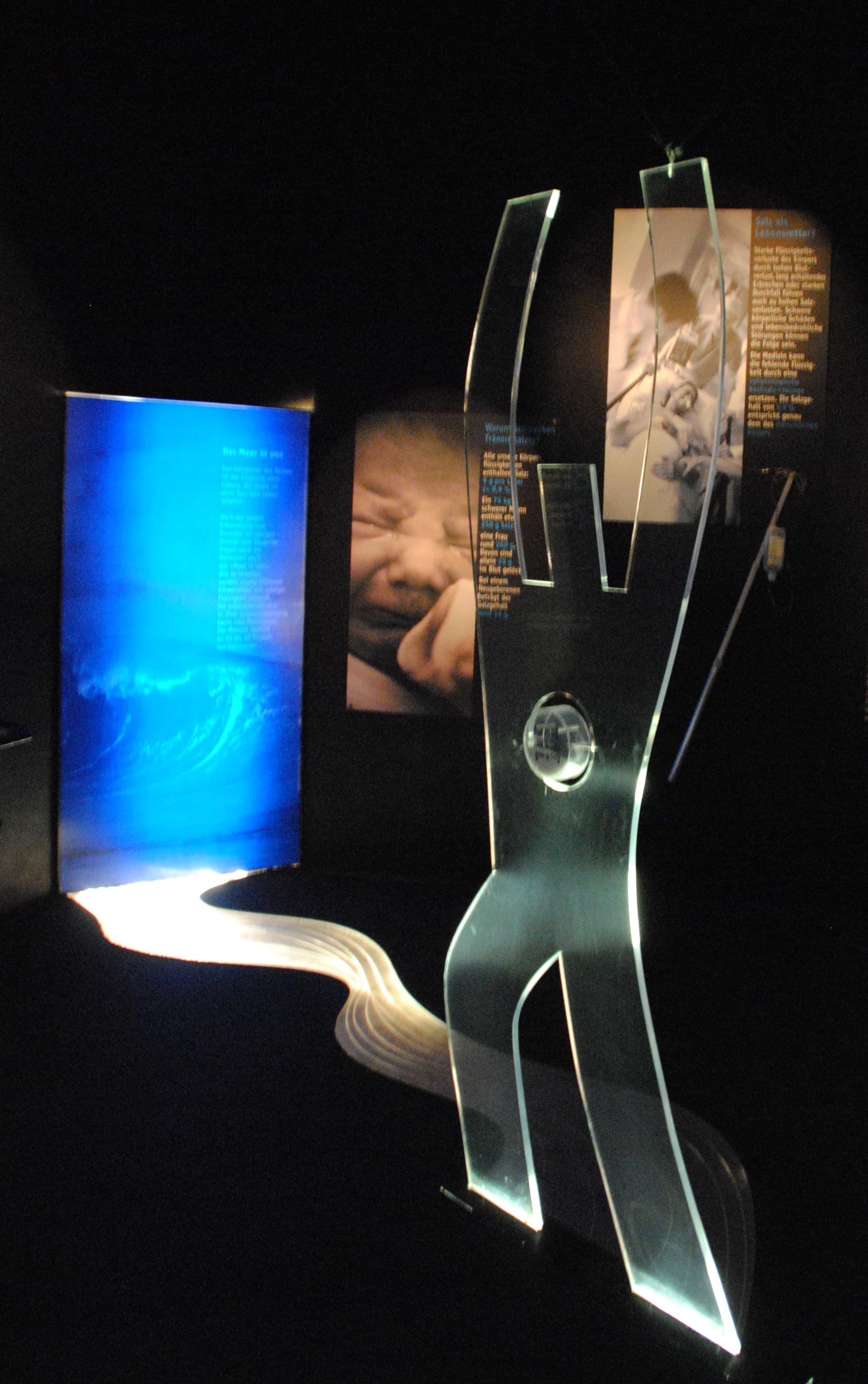
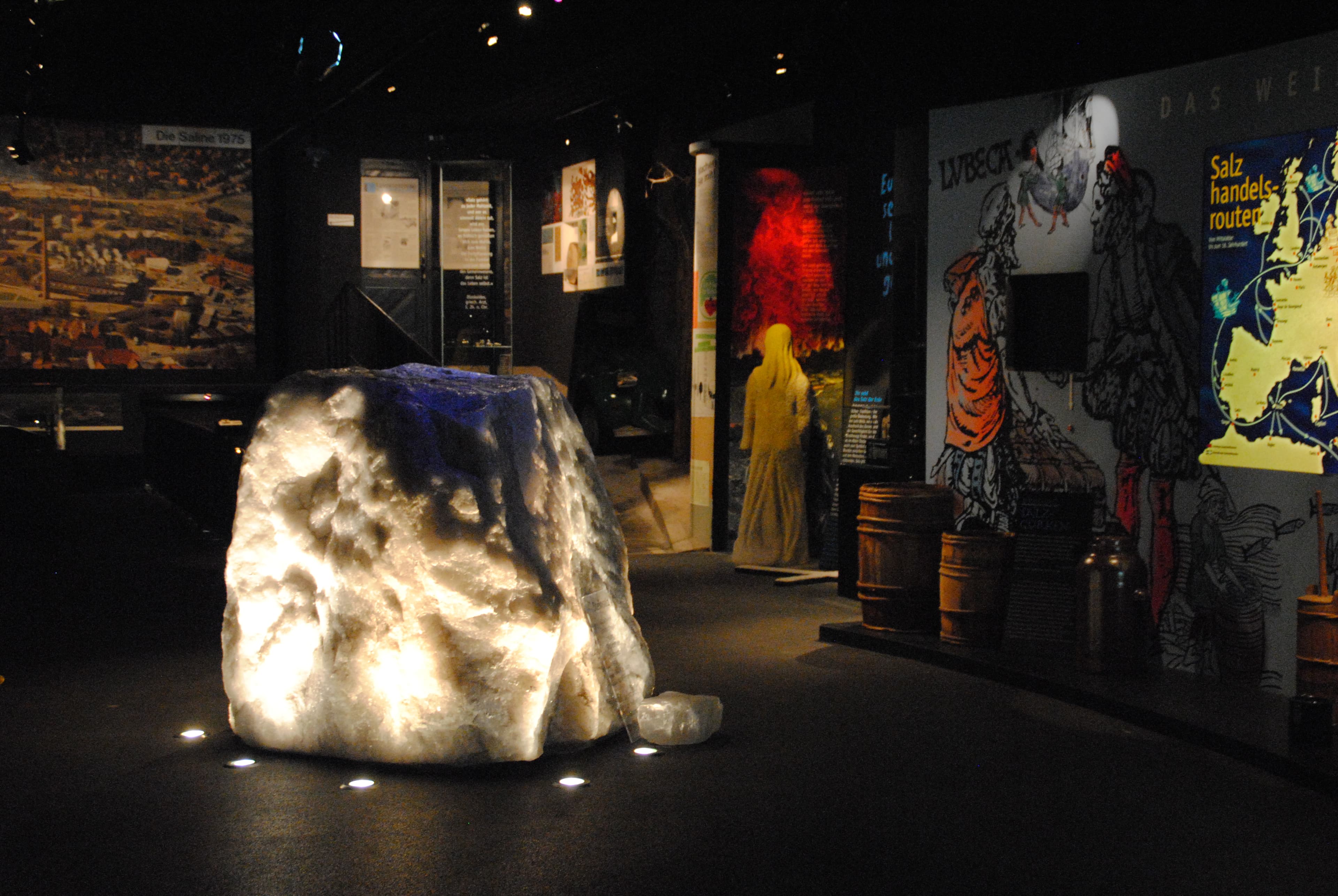
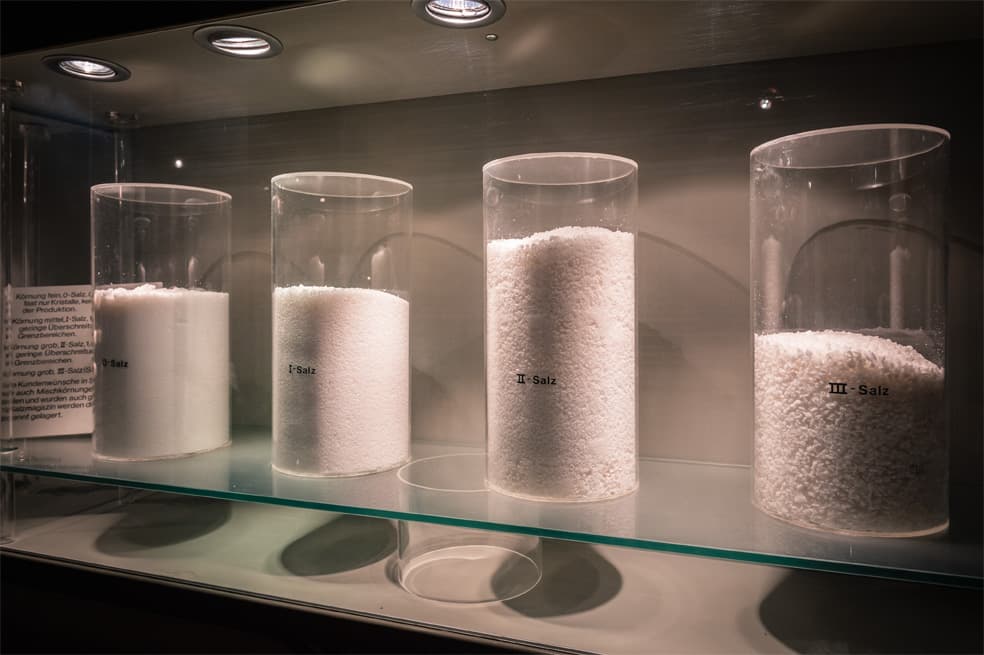
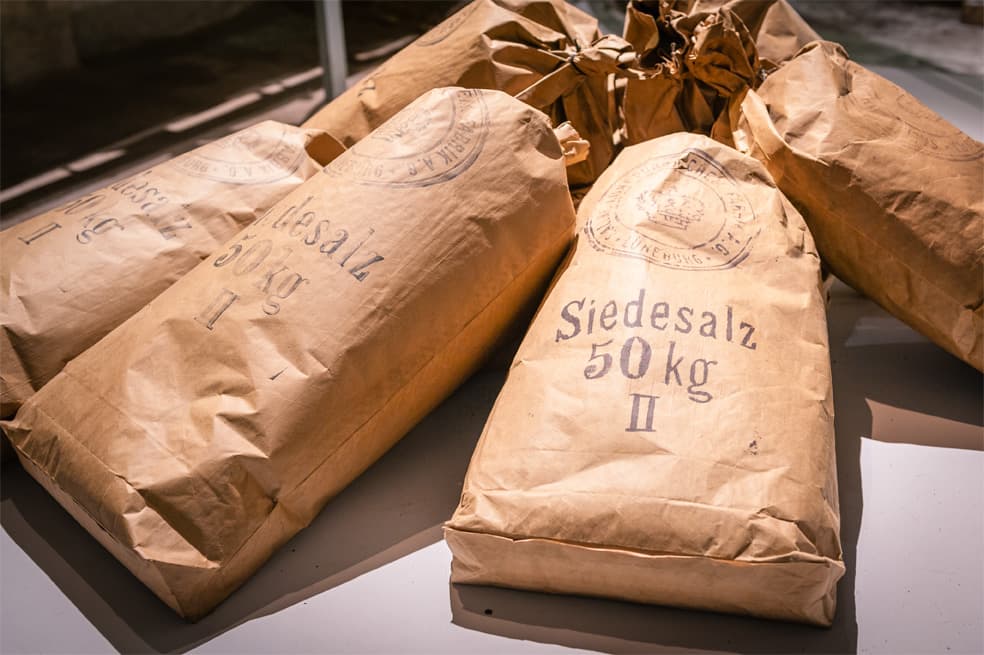
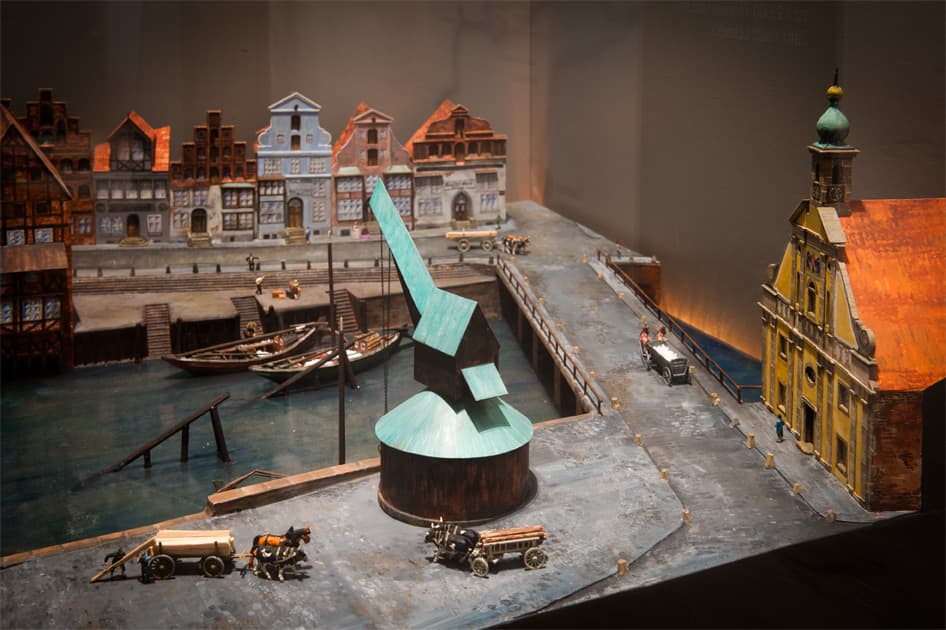
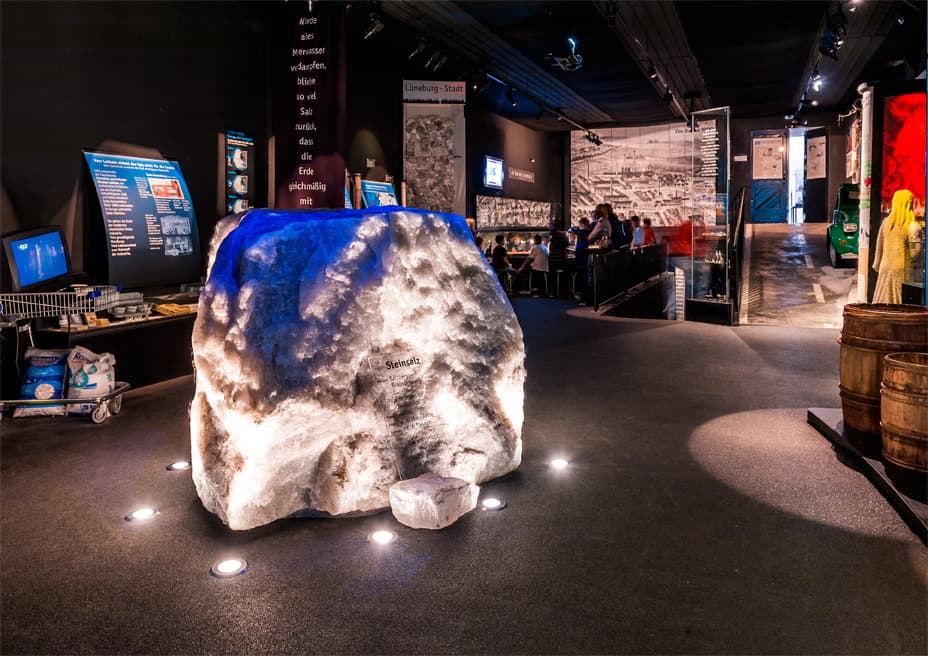
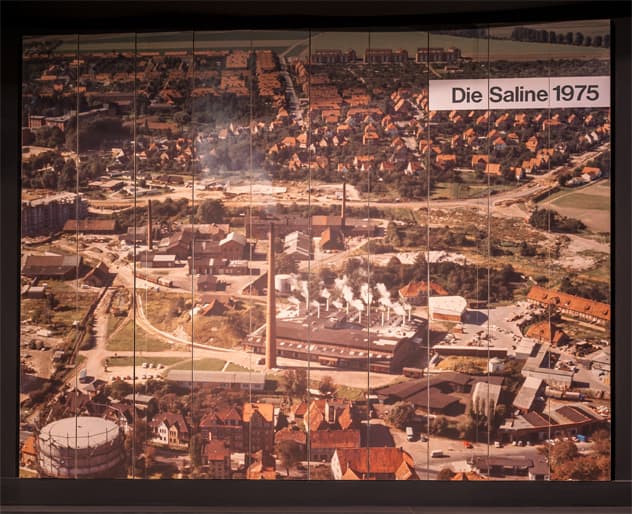
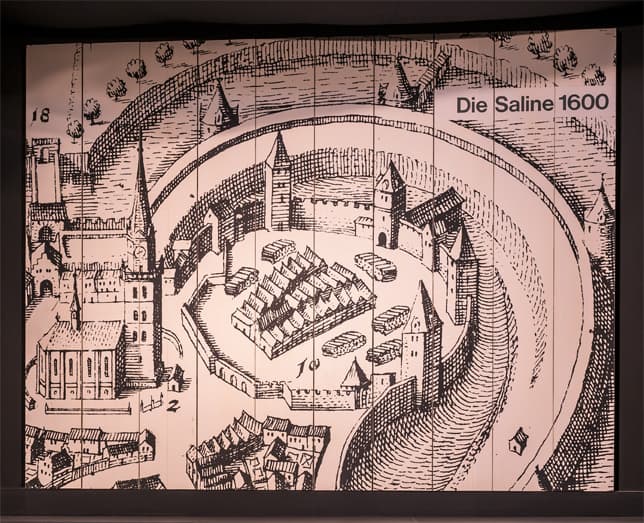
Salz kennt doch jeder!
Salz ist weiß, Salz macht durstig, Salz ist geruchlos, Salz kostet nicht viel, Salz ist ein unscheinbares weißes Körnchen. Doch eben dieses Körnchen ermöglicht erst das Leben auf der Erde. Salz ist ein Baustein des Lebens und für unseren Körper lebensnotwendig.
Als eines der ältesten Kulturgüter hat es die Geschichte der Menschheit entscheidend geprägt. Nicht umsonst trägt es den Beinamen „weißes Gold“. Auch heute noch ist es ein wesentlicher Bestandteil unserer Alltagswelt, unseres Denkens und unserer Sprache.
Grund genug, es gebührend zu zeigen!
Aber warum in Lüneburg?
Lüneburg ist die Salzstadt im Norden. Über 1000 Jahre lang bestimmte das Salz das Leben der Stadt. Es machte sie reich und mächtig. Erst 1980 schloss das Salzwerk, eines der ältesten und größten Industriebetriebe Europas, seine Pforten. Seitdem erinnert das Deutsche Salzmuseum/Industriedenkmal Saline Lüneburg an seine ruhmreiche Vergangenheit.
Wissenswertes, Interessantes, Spannendes und auch Kurioses zum Thema „Salz“ erfährt der Besucher auf anschauliche und gar nicht „museale“ Weise. Das Museum geht nicht auf Distanz, es macht betroffen. Betroffen von der faszinierenden Welt des Salzes, das uns zwar täglich umgibt, doch die uns zu selten bewusst wird.
Regelmäßige Führungen:
Mittwochs: 11:30 Uhr
Samstags: 11:30 Uhr
Sonntags: 11:30 Uhr und 14:30 Uhr
Feiertags: 11:30 Uhr und 14:30 Uhr
Anmeldung ist nicht erforderlich, maximale Teilnehmerzahl 25 Personen.
Historisches Salzsieden mit Führung
Mai bis September
Führungen in Fremdsprachen und plattdeutsche Führungen
Eine Museumsführung und die Salzige Stadtführung können Sie auch in den Fremdsprachen englisch und französisch sowie in plattdeutsch buchen. Die Pauschalpreise erhöhen sich dann geringfügig.
Angaben zur Barrierefreiheit "Reisen für Alle"
Das Museum hat an dem Informations- und Bewertungssystem „Reisen für Alle" teilgenommen. „Reisen für Alle“ ist die bundesweit gültige Kennzeichnung im Bereich Barrierefreiheit. Erstmals werden für die Gäste notwendige Informationen durch ausgebildete Erheber erfasst und mit klaren Qualitätskriterien bewertet.
Im Anhang finden Sie detaillierte Informationen zur Barrierefreiheit in dem Museum.

